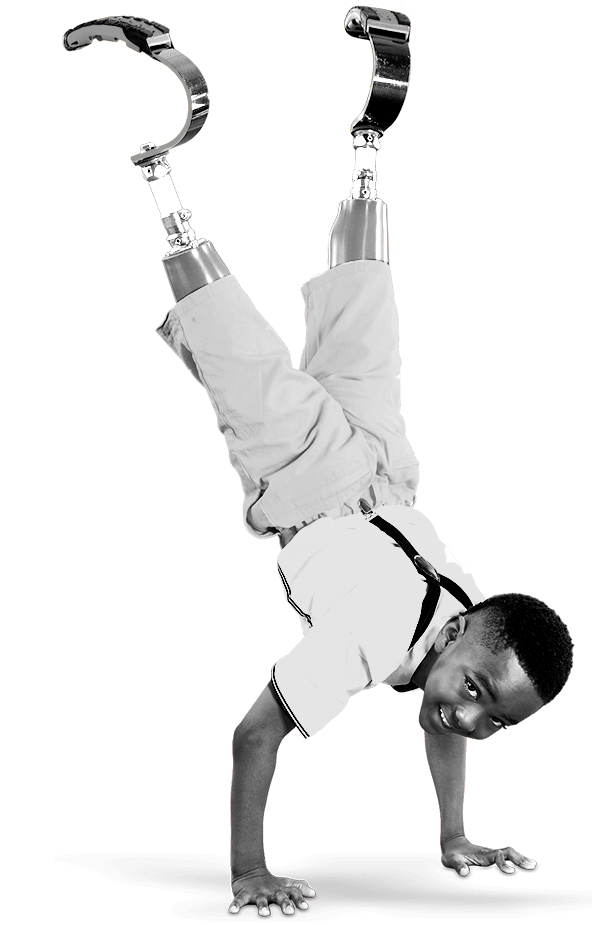
May 15, 2017 / Scoliosis & Spine
Scottish Rite Hospital Publishes World-renowned Spine Research
Scottish Rite Hospital is world-renowned for its patient-centered care for children with orthopedic conditions. Our six centers for excellence provide a strong foundation to the hospitals mission of patient care, research and education. Through the centers, our experts are able to work with the hospital’s multidisciplinary team to better understand these complex conditions and to find answers through groundbreaking research.
Last year, an article published in the Journal of Bone and Joint Surgery (JBJS) by Assistant Chief of Staff, Lori A. Karol, M.D., determined the effectiveness of compliance counseling on brace use with patients who are diagnosed with adolescent idiopathic scoliosis (AIS). The study found that patients who were counseled with the use of compliance data reports wore their brace more hours per day compared to those who were not. From this initial research, Karol has conducted further studies to look at other aspects correlated to brace success.
An additional article published in JBJS last year by Karol, Don Virostek, CPO, Kevin Felton, CPO, ChanHee Jo, Ph.D, and Lesley Butler, MPH, investigated the effect of skeletal maturity of a child who is braced for AIS on the likelihood of preventing surgery. This project compared Risser stages (which indicate what stage of growth the patient is in) and the number of hours the brace was worn on a daily basis with whether or not surgery was eventually required. Results indicated that patients with the most growth potential were more likely to have curve progression. Based on this study, young teens with scoliosis are now asked to wear their braces nearly full-time to hopefully prevent worsening of the curve and eventual surgery.
This month, a third article was published by Karol and her research team in JBJS, titled “Brace Success Is Related to Curve Type in Patients with Adolescent Idiopathic Scoliosis.” The research found that patients with lumbar curves are nearly always successful when treated with bracing.
The research conducted in our Center for Excellence in Spine allows our doctors to better understand these complex orthopedic conditions. From Karol’s initial brace compliance study, our medical staff and researchers have been able to ask more questions on this topic and look at other factors that may affect a child’s success while being in a brace. Our world-renown research is just another component to our patient-centered care to ultimately give children back their childhood.
Last year, an article published in the Journal of Bone and Joint Surgery (JBJS) by Assistant Chief of Staff, Lori A. Karol, M.D., determined the effectiveness of compliance counseling on brace use with patients who are diagnosed with adolescent idiopathic scoliosis (AIS). The study found that patients who were counseled with the use of compliance data reports wore their brace more hours per day compared to those who were not. From this initial research, Karol has conducted further studies to look at other aspects correlated to brace success.
An additional article published in JBJS last year by Karol, Don Virostek, CPO, Kevin Felton, CPO, ChanHee Jo, Ph.D, and Lesley Butler, MPH, investigated the effect of skeletal maturity of a child who is braced for AIS on the likelihood of preventing surgery. This project compared Risser stages (which indicate what stage of growth the patient is in) and the number of hours the brace was worn on a daily basis with whether or not surgery was eventually required. Results indicated that patients with the most growth potential were more likely to have curve progression. Based on this study, young teens with scoliosis are now asked to wear their braces nearly full-time to hopefully prevent worsening of the curve and eventual surgery.
This month, a third article was published by Karol and her research team in JBJS, titled “Brace Success Is Related to Curve Type in Patients with Adolescent Idiopathic Scoliosis.” The research found that patients with lumbar curves are nearly always successful when treated with bracing.
The research conducted in our Center for Excellence in Spine allows our doctors to better understand these complex orthopedic conditions. From Karol’s initial brace compliance study, our medical staff and researchers have been able to ask more questions on this topic and look at other factors that may affect a child’s success while being in a brace. Our world-renown research is just another component to our patient-centered care to ultimately give children back their childhood.



